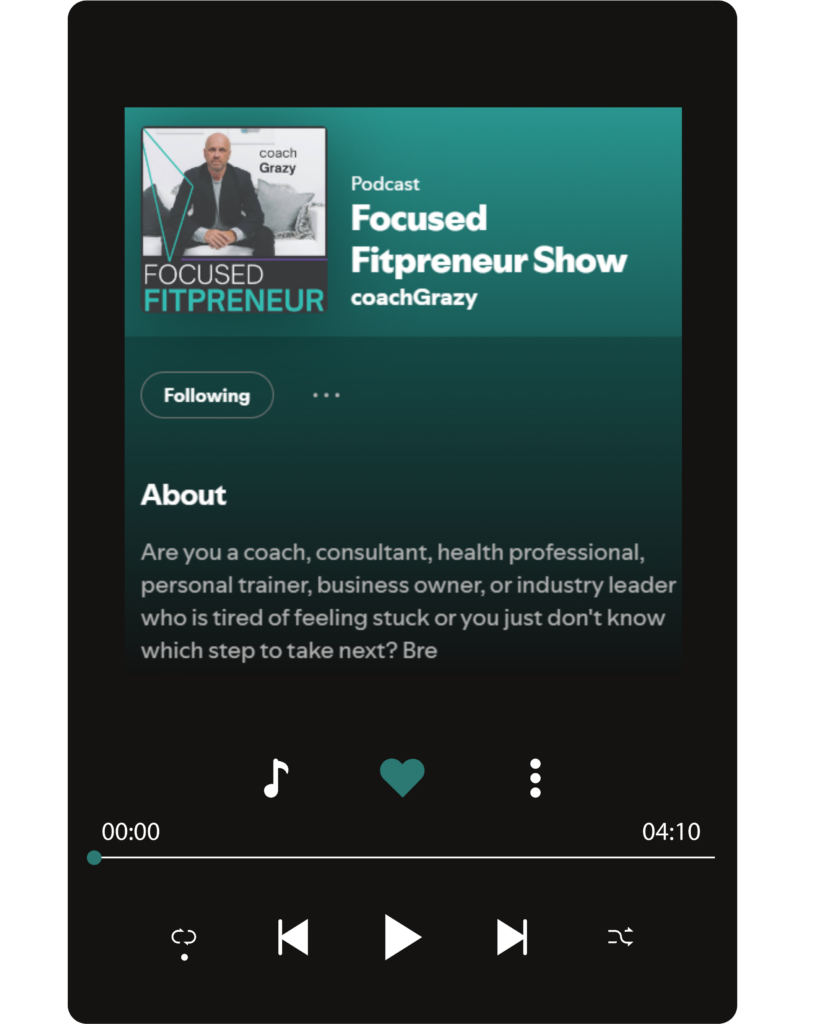
Unlocking the Power of Neurolinguistics in Personal Training
In the dynamic and competitive field of personal training, mastering the art of communication and understanding client psychology can set a trainer apart. One of the most powerful tools available for this purpose is neurolinguistic programming (NLP). This approach can deepen client-trainer relationships, facilitate clearer communication, and ultimately lead to more successful fitness outcomes.
The Science Behind Neurolinguistic Programming
Neurolinguistic programming is a psychological framework that examines the connection between neurological processes, language, and behavioral patterns learned through experience. It posits that our perceptions of the world are not objective realities but are shaped by our experiences, beliefs, values, and assumptions. By understanding and influencing these perceptions, trainers can help clients achieve their goals more effectively.
Applying NLP in Personal Training
Elliott Villiers, a renowned fitness expert and guest star of the Focused Fitpreneur Podcast, provides an enlightening metaphor that encapsulates the essence of NLP in personal training:
“Correct? Yeah. So the metaphor, the way I train my guys, it’s a very simple technique I got taught a long time ago and it surmises NLP or the idea of neurolinguistic programming into one gesture. So if I was to say to anybody sitting in front of me, I want you to imagine a cow and they look at you blankly and they go like, what kind of cow? And you go, well, just imagine a close your eyes, put the cow into the frame of your mind. And once they’ve done that, you can go through a series of questions and they’re not even specific. The test doesn’t even have that much specificity to it. Ask them what color the cow is. Some will go, yeah, mine’s brown. Well mine’s black and white. Which way is it facing? Or mine’s looking at me or mine’s sideways. Which way left or right?”
This exercise illustrates the diverse mental images people create even with minimal information. This diversity highlights the importance of understanding each client’s unique mental landscape.
The Power of Imagery
Villiers further explains the power of mental imagery in understanding clients:
“Is it on a hill? Is it in a barn? What color is the grass? Is it sunny? Is it on the top of the hill or is it halfway down? And you’ll be fascinated to find out that just with the simple question of picture a cow, everybody’s cow is different. Nobody presents a cow that’s the same as somebody else’s, which means people can create a space inside of their mind and the brain works in imagery. Everything’s done in images. You say picture a particular future, your wedding day or your father’s funeral, immediately an image is conjured straight away. We do this so fast we don’t even realize we’re doing it.”
This insight is crucial for personal trainers. Clients often have vivid mental images of their fitness goals and desired outcomes. Understanding these images allows trainers to align their approach with the client’s expectations and perceptions.
Mapping the Journey
Villiers elaborates on how to use this understanding to map out a client’s fitness journey:
“So when that image is perceived, you can then pick apart and realize, man, everybody’s cow is completely different if I don’t give them that much information. But I said, I want you to picture a cow in a barn that’s eating some hay or eating some grass people you’ve created thinner borders. And so they’ll populate the borders that you’ve given them. So if you imagine their journey is that cow during the consultation and using open questions and biting your tongue in between each question to force yourself to not ask a question and then answer it and then talk over the top of them. Let them speak for as long as they want to speak, and you find out what their cow is, which direction is it facing? Is it on a hill? What does that journey look like to them? And they’ve already got an image in their head of what they want to be, but they’ve also got another image of where they think they’ll actually get based on their belief system.”
By engaging clients in this manner, trainers can uncover not only the clients’ goals and aspirations but also their underlying beliefs and potential self-imposed limitations. This dual perspective enables trainers to design more effective, personalized training programs that resonate with the clients’ mental and emotional frameworks.
Making Goals Tangible
Villiers emphasizes the importance of making goals tangible and believable for clients:
“And through that process, you’ll find out where the journey wants to go, but where they think the journey might actually end up. And so once you’ve got that picture, you’ve got A and B, it’s then up to you to draw the parallel and make that tangible. Tangible meaning that they can touch it, they can smell it, they can taste it. It is actually achievable with the right guidance. If you can make that tangible where they believe you and they trust you, they’ll come with you on that journey up until you reach the first set of obstacles, which that’s a whole other conversation.”
Making goals tangible involves creating a vivid, sensory-rich picture of the desired outcome that the client can believe in. This belief, coupled with trust in the trainer, can significantly enhance motivation and adherence to the training program.
Practical Tips for Personal Trainers
- Active Listening: Pay close attention to the client’s words, tone, and body language. This will provide clues to their internal representations and belief systems.
- Open Questions: Use open-ended questions to encourage clients to express their thoughts and feelings in detail. This helps in understanding their unique perspective.
- Visualization Exercises: Incorporate visualization techniques to help clients create clear, vivid images of their goals. This can enhance their motivation and commitment.
- Tailored Communication: Adapt your communication style to match the client’s preferred sensory mode—whether they are more visual, auditory, or kinesthetic.
- Building Trust: Establish a strong rapport by showing empathy, consistency, and reliability. Trust is crucial for the client to follow your guidance, especially through challenging phases.

Episode 5 is out now on the Focused Fitprenuer Show with coachGrazy
Elliott Villiers returns to the podcast in an exclusive Part Two, “Everyone’s Cow is Different.”






